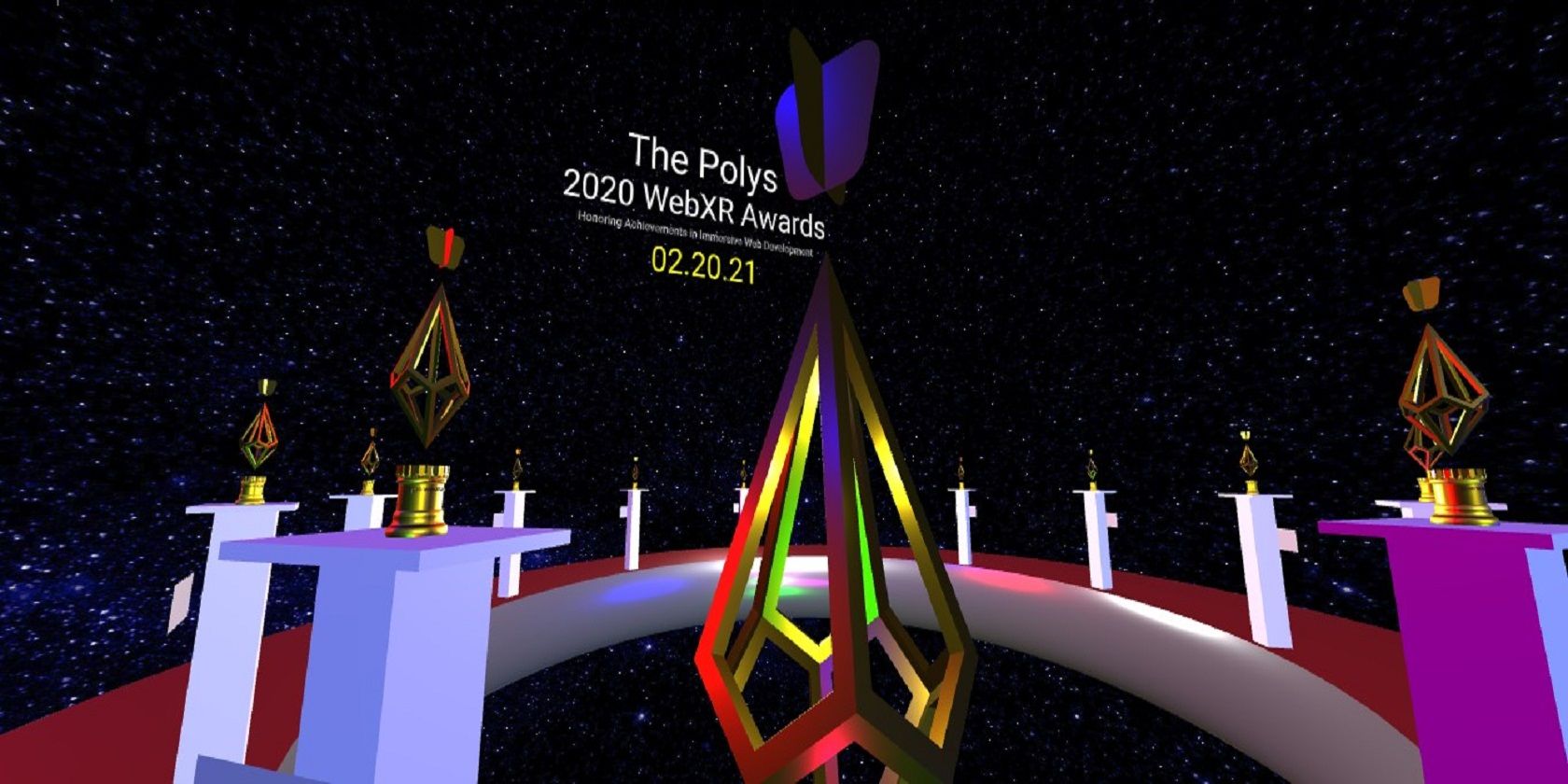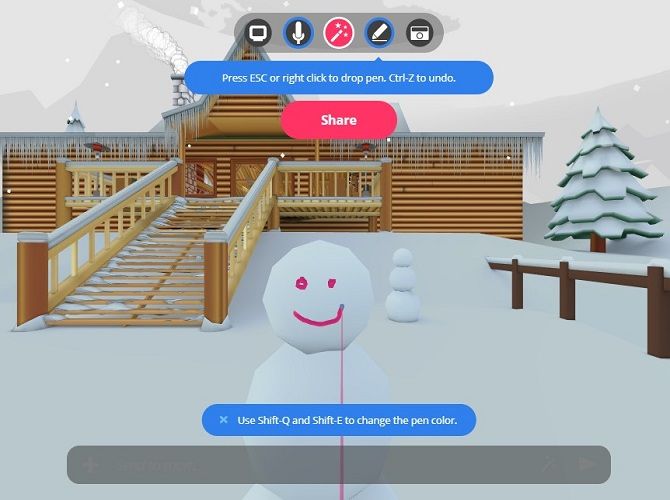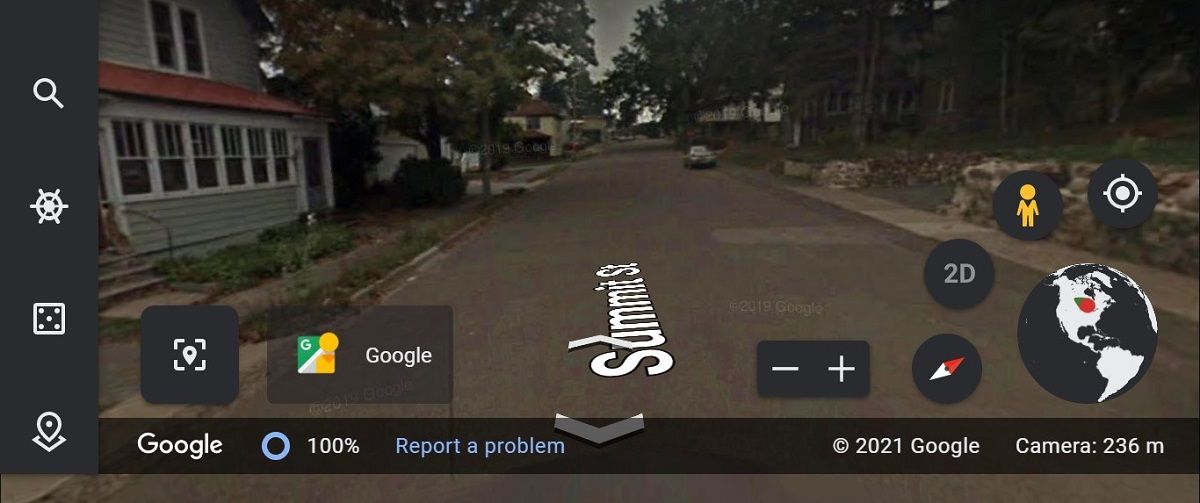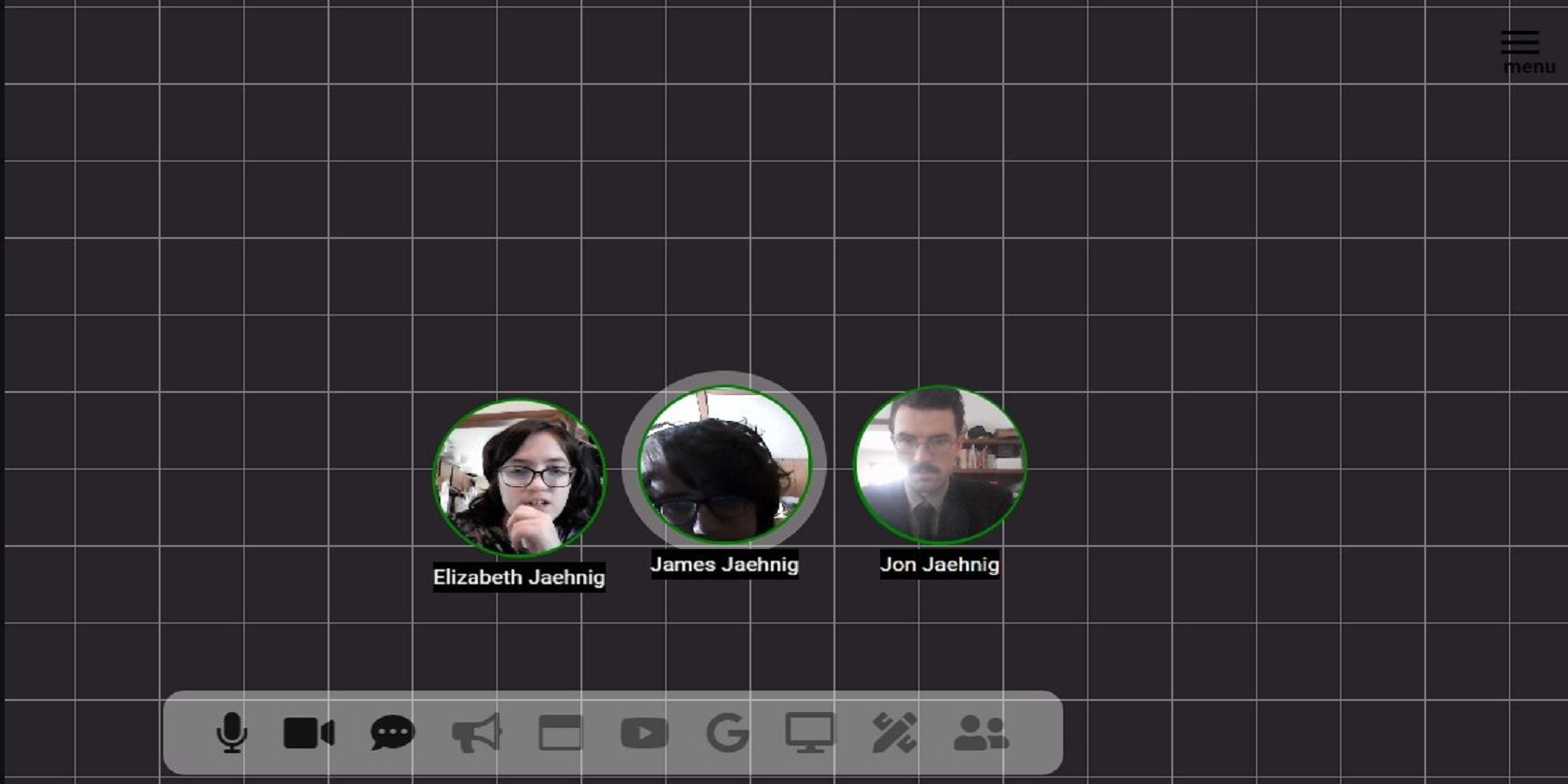The internet, as most of us know it, is two-dimensional. We read across the screen and scroll up and down to access more content.
But, what if the internet was like a video game and you could navigate in three dimensions, up and down, side to side, forward and back?
Some websites actually work this way, and some people think that it's the future of the internet. Right now, it's pretty niche, and it's called "the immersive web."
What Is the Immersive Web?
"The immersive web," "the spatial web," and "web XR" are all terms for websites navigated in three dimensions using a conventional web browser. Most immersive web pages can even be accessed in virtual reality through a headset.
Some immersive web pages exist entirely in three dimensions. The website for the WebXR Awards is entirely immersive. To see the information on the website, visitors have to navigate through a three-dimensional virtual space.
Other immersive web pages use an initial two-dimensional interface that launches a three-dimensional experience. This is how Mozilla Hubs works. The experience itself is immersive, but the landing page, information, and settings menus lead it to work as a conventional website.
How Do You Access and Use the Immersive Web?
Some immersive web experiences are used by multiple visitors at once who share a session. Other immersive web pages are navigated by a single user, just like most two-dimensional web pages. Google Earth is one familiar example.
In either case, immersive web pages are typically navigated through WASD controls and/or arrow keys, similar to computer game interfaces. The mouse or touchpad is typically used for interacting with elements on the screen, changing the direction of your gaze, or "teleporting" to other areas of the web page.
While the immersive web has huge potential for gaming, there are currently few experiences of this kind on the internet right now. Because these experiences co-opt the browser interface, controls within immersive web pages are usually limited.
Some immersive web pages have a URL that ends with ".io". But not all immersive web page URLs end with .io, and not all URLs that end with .io belong to immersive pages. For the most part, whether or not a web page is immersive is essentially a pleasant surprise when you land on it rather than something that you can actively search for.
Who Uses Immersive Web Pages and Why?
Some web pages are made in three dimensions because that's how they make the most sense, like Google Earth. Other web pages are made in three dimensions to try to replicate social interactions in the physical world. This is a stated purpose of GroupRoom, a spatial video conferencing solution.
Right now, most immersive web pages are made by and for immersive web advocates. Like the WebXR Awards, the Festival of Internal Virtual and Augmented Reality Stories takes place each year in a browser-based expansive three-dimensional festival ground. While exciting, the experience is targeted at people already interested in this kind of computing.
Building the Immersive Web
Most immersive web experiences are created using an HTML Javascript framework called A-Frame. This provides the tools for creating three-dimensional spaces and models and more complex features like hand tracking. These more complex features are important for virtual and augmented reality uses but don't play into most immersive web pages.
While some of the approaches to building the immersive web are very different from building the 2D web, many of the building blocks are the same. One of the cornerstones of the immersive web building community is Three.js, which consists largely of a public repository on GitHub.
The Immersive Web Working Group and the Immersive Web Community Group within the World Wide Web Consortium are among the most active advocates and innovators driving the spatial web.
Have You Explored the Immersive Web?
With the likely exception of Google Earth, you might not have entered the spatial web (yet). However, these applications and experiences are becoming increasingly popular, and the number of people with the skills, tools, and passion for building them is growing every day.





